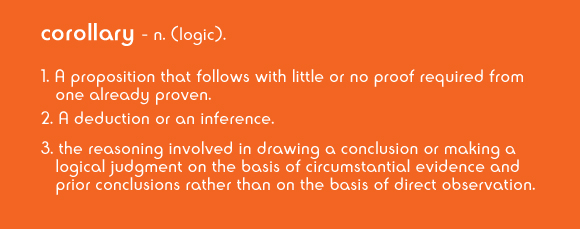I finally got around to doing a presentation on “Leadership Lessons from the Dog Whisperer.†It was a fun presentation and seemed well-received. As often happens in plenary presentations participants will focus on the immediate concepts as a frame of reference for discussions. So it was amusing to hear how many dog references were made during the course of the conference.
I started the presentation by framing my playful approach in using the dog whisperer as a corollary to thinking about leadership in congregations from a systems perspective.

One participant, in his struggle to navigate to what extent a corollary can be stretched to an equivalence, asked, “Are people ‘pack animals’ in the same way as canines?â€
I responded that perhaps, yes, people are “pack animals,” biologically. We constantly struggle with the togetherness-separateness forces in emotional relationship systems; being an individual while still being part of the group. Our cortex is what moves us toward individuation (Yeah, yeah, pure “Bowenians” don’t like the term individuation, but that doesn’t change the fact of it). People are “social beings.” There is no self apart from community. And thereby is the tension between individuation and togetherness. And therein is the frame of reference for self-differentiation, being and individual self without cutting off from the social relationships of one’s system that also define who we are.
But I have also observed that in times of anxiety, when the cortex is not a resource to the Self that exists in the mid-brain, people “herd.” They become that “pack” (we sometimes call it a “mob”) and will rally around ANY “pack leader”—often the person who is, or is perceived as, “dominant.” As Millan, the dog whisperer, points out, that dominant person can be dysfunctional, but the anxiety triggers the “herding” and there’s nothing logical about it—it’s just reactivity. It is often the case that anxious, reactive, non-differentiated people will become “a pack†around any person perceived as “leader.â€
At one point in the conversation the participant said,
Speaking theoretically, is the human togetherness force the same as the ‘pack animal’ force? I don’t think so. I think the presence of the cortex changes everything. There is still the togetherness force (necessary for the preservation of life, etc.), but the possibility of intentional attention to and cooperation with the individual force introduces a basic difference. Thinking theologically, this leads to my understanding of God’s intent in creation – the creation of beings capable of relationship with the Creator. Is this a reality without the cooperation (faith response) of the human? Perhaps not. Is this the chief way we are co-creators? At this point in my pilgrimage, I believe it is.
Bowen family systems theory challenges us to consider how our biology defines us as humans as much as, or more than, the assumptions we hold about the impact and influence of our cognition. It keeps the interesting question about nature vs. nurture alive and well, and refreshingly interesting.


Pingback: Burrowdeep » Blog Archive » The Human Hive Consciousness